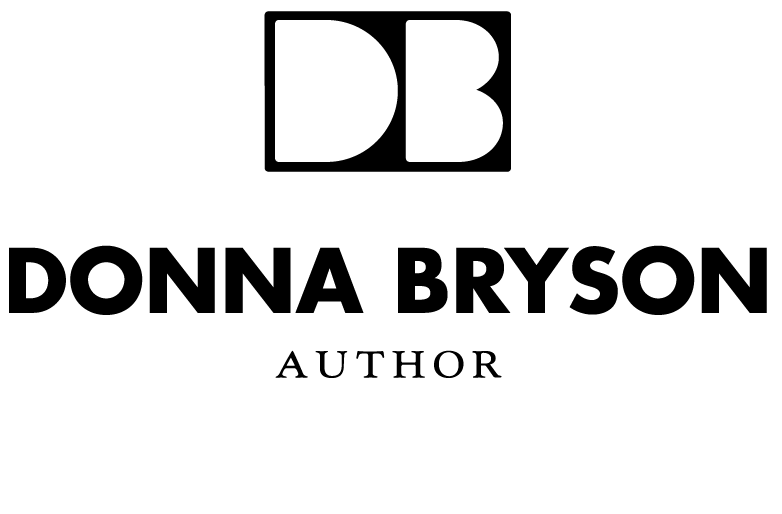During a trip to Poland, the journalist in me had to confront the fact that visual artists express in a gesture what writers struggle to put into words.
In Krakow, we saw what artists Piotr Lewicki and Kazimerz Latak did with a chair.
They sculpted that most quotidian of furnishings from bronze and wrought iron, enlarged it slightly, multiplied it by 70 and set them, upright and orderly, across a Krakow square that had been part of the ghetto into which Jews were forced by Nazis who had invaded Poland in 1939.
Lewicki and Latak evoked the panic of families taking with them what household items they could as they were marched from their homes, and reminded us of their humanity.
Each chair is fixed to its own platform on the square, making them appear to float, ghostlike.
I thought again of the power of images and of the inadequacy of words the next day at Auschwitz and Birkenau, an hour's drive from Krakow.
Not that writers don't have material with which to work when it comes to death camps, given the Nazi mania for recording data and archiving evidence -- miles of roads and train tracks, pounds of flesh and hair.
But words approach only the edges of the horror. Like the fingers of a blind person exploring a death mask.
Artists take our hands and place them in the hands of the lost as if they were still living.
Sketches made by artists who were held at Auschwitz are scattered at the camp like the bronze chairs at the Krakow plaza. The Nazis had banned anyone outside their ranks from recording their crimes, so these artists had to steal supplies and sketch furtively. Then hide the results. One trove of their work was found after the war in a notebook stuffed in a bottle hidden in the foundation of an Auschwitz barracks.
Artist-witnesses such as Mieczyslaw Koscielniak, Jerzy Adam Brandhuber, Jerzy Petrzrbowski and Wladyslaw Siwek portrayed the starving prisoners helping one another. They also sketched Nazis in the act of, with a dismissive flick of the wrist, condemning the helpless.
Holocaust archivist Katharine Czachor writes: "At the concentration camp prisoners had to deal with dehumanization, they lost their identity, their names. They were subjected to classification and a system of hierarchy. In this world where you were only a number, art was a way to maintain self determination, it was a source of hope and strength and the will to survive. The works of art that were produced at concentration camps are signs of resistance as they are testimonies of terror and persecution as well as documents of daily horror."
The quote from Czachor is from her essay in the book “Forbidden Art: Illegal Works by Concentration Camp Prisoners.” I told a friend who sculpts and paints about the book.
“Hard to imagine the space for creativity then,” my friend responded. “And hard to imagine anything else.”
I write in hope of approaching the creativity of artists.
